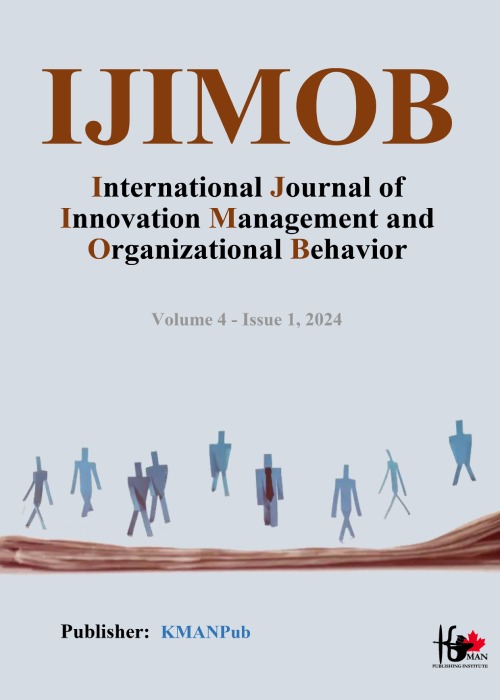Designing an external professional Ethics model for deputies and heads of education and training regions of Tehran province
One of the main concerns of efficient managers at different levels is how to create suitable platforms for working human factors to work with a sense of responsibility and full commitment to the issues of society and their profession and to observe the ethical principles governing their jobs and professions. Therefore, the current research aimed to design an extra-organizational professional ethics model for Tehran's deputy heads and vice presidents of education districts.
The research method was a qualitative combination using the grounded theory method and the structural equation model using a quantitative method. The research population consisted of vice presidents and presidents of education districts in Tehran, 30 people were selected in the qualitative section, and 130 people were selected in the quantitative section from vice presidents and presidents of 22 education districts in Tehran. The research tools were semi-structured interviews and researcher-made questionnaires to measure extra-organizational professional ethics. The data were collected in the qualitative part by the grounded theory method and then analyzed by the structural equation model test in Lisrel software.
The results of the exploratory analysis yielded the following factors. Three core categories of professional ethics, moral (normative) and moral knowledge; Four cases of causal conditions include: organizational strategies, training, management factors, and resources; Two cases of the phenomenon's contexts; two strategies of institutionalization and evaluation; Two intervening factors are structural factors and organizational procedures and regulations; And a consequence that is the development of individual and organizational professional ethics.
The analysis of the relationship path between the variables showed that all the communication paths were significant, and only the path of unnecessary regulations on evaluation and organizational culture on evaluation was not significant. Finally, the tested model showed a good fit in terms of validity.
- حق عضویت دریافتی صرف حمایت از نشریات عضو و نگهداری، تکمیل و توسعه مگیران میشود.
- پرداخت حق اشتراک و دانلود مقالات اجازه بازنشر آن در سایر رسانههای چاپی و دیجیتال را به کاربر نمیدهد.


